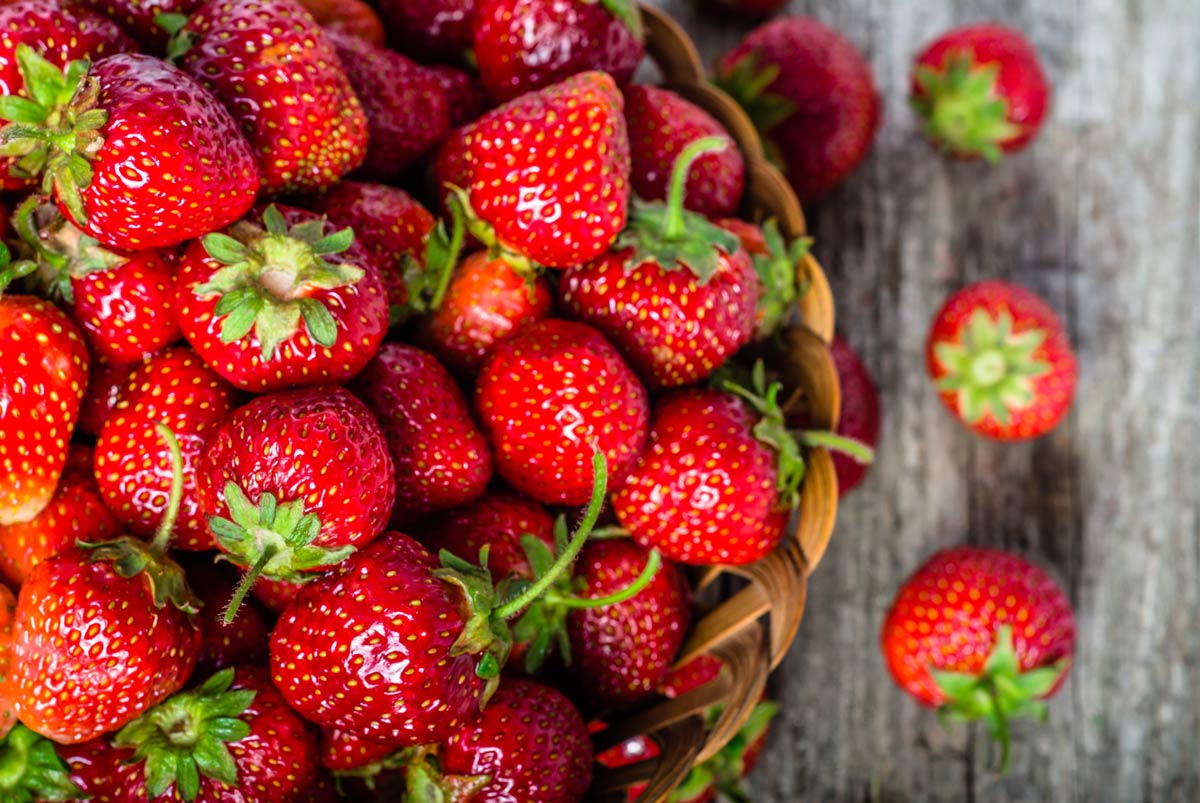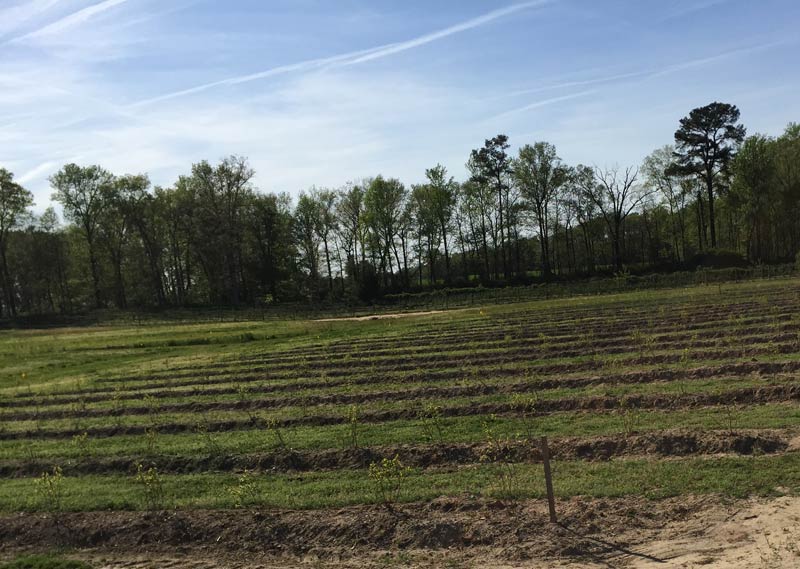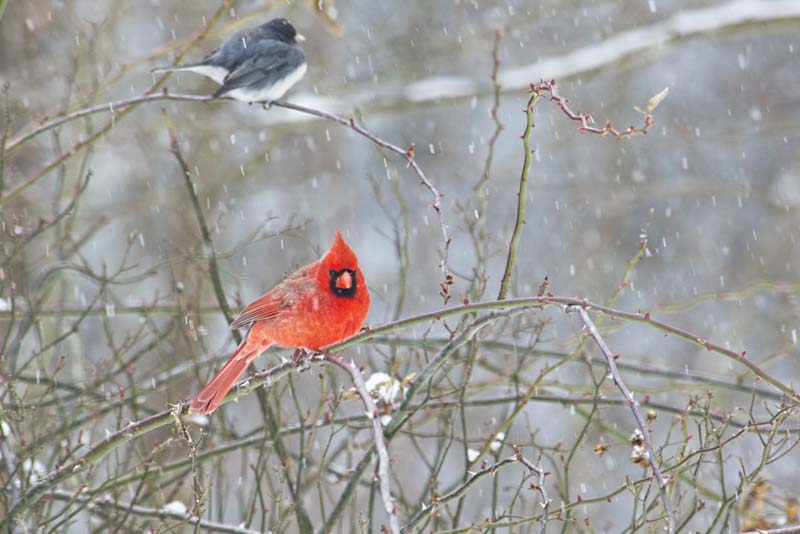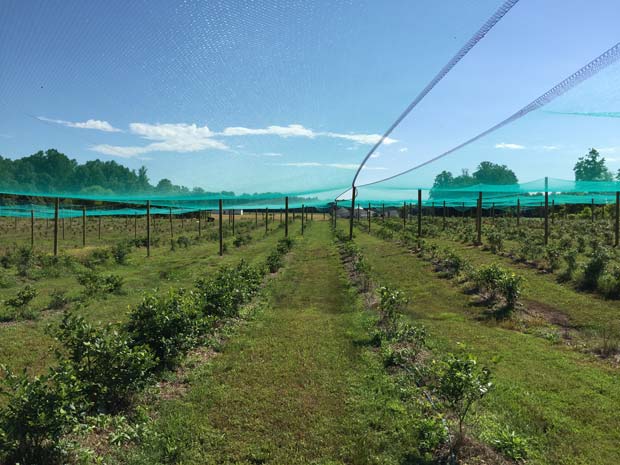Growing Berries

It's the beginning of a new year at Kings Berries and we hope to add a new berry to our offering. In an attempt to stretch out our season for having fresh fruit available we have decided to add Strawberries to our plantings. We will be growing what is know as Day Neutral Strawberries. These won't be ready when our other berries ripen in May-June. However, once they begin to ripen in July they should be available until late October. Not only will this provide another fresh berry for our farmer markets but we will have another flavor of jelly and jam available with this fruit. Currently we are busy getting ready for the season with pruning blackberries and mulching blueberries. My grand daughter, Bridgid King, is learning the jelly making process from her older sister, Helen, who has been our jelly maker in the past. I am confident that Helen will do a good job of passing on her knowledge and skill. Thank you Helen for your past work and the best of luck to you at the University of Maryland, College Park.

I am sure many of you have planted blueberries at home or thought about having a few bushes for your home garden or landscape. To be successful at this, take some time to prepare your planting site before you lay down your money at Lowes, a garden center or ordering from a catalog. There are just a few rules to follow to make this project successful. Ph of your soil is the number one issue for blueberries. You should test your soil for pH before you do anything else. A simple home test kit you can buy at hardware stores, garden centers, ag supply stores and other related industries can be used for this step. 4.5 to 5.0 pH is the ideal range for blueberries, they love acidity unlike many other plants. You can lower your pH by applying sulphur. This product is available in different forms from garden centers etc. the same as the pH testing kit. Once you have achieved the proper pH, then you need to add organic matter to the soil. I recommend two methods. First and lowest cost is to compost your own material at home from leaves, discarded fruits and vegetables, small bush trimings, weeds or anything else organic that you deal with around your yard. There is a lot of information available for composting by googling that on your computer. If you don't use your own compost, I highly recommend using peet moss, available again from garden centers and hardware stores and Lowes. Mix about 1 to 2 gallons of peet with an equal amount of pH corrected soil and plant your blueberry plants in this. Dig your planting hole a little deeper than your root ball and about double the width of the root ball and backfill this with with your peet moss/soil mix. Plant the root ball a couple inches below the soil surface and firm the backfill around the roots. You are ready to go! Now you need to be ready for annual maintnence and all of those things that want your blueberries as bad as you do. Your blueberries love to be mulched every year. If you can find pine needles there is nothing better, pine shavings or composted wood chips. Avoid Black Walnut wood chips. Apply about 2 inches each fall or winter. These are utilized by the soil microbia to make new soil and release nutrients to the shallow rooted blueberry plants. Pull any weeds as often as they appear. Keep you soil moist during the season and don't allow it to get dry. Blueberries root shallow and do not spread too far so it is important to have the soil moist. If there is any chance that surface water will lay on top of the ground where you plant I would suggest ridging your dirt about 10 to 12 inches and plant your berries on top of the ridge. Blueberries do not grow in standing water. Who will be your competition throughout the year for your berries? BIRDS! Especially Robins, Wax Wings and Mocking Birds. You can get netting to protect your bushes from these theives from garden catalogs. There are various insects and fungus infections in Blueberries but they are one of the easier plants to grow without a lot of pressure from these critters. Some words of caution based on lessons learned the hard way at Kings Berries. Do not plant dry root plants, spend the extra money and buy 2-year old potted plants or older. Be sure water is available immediately after planting, they do not want to get dry, the roots are tiny and fragile. GOOD LUCK! You should be happy with the results if you follow these few steps. After plants are two years old, to keep fertility simple, follow the guidlines for acid loving plant, use plant food such as Holly Tone or orther similar products. They don't need much more than nitrogen.

Believe it or not, even though it is winter, I almost always take a ride around our berry orchard every day. You would think that nothing much would be going on but actually in the brambles it is always alive with BIRDS! It occurs to me that my bramble vines offer alot of what these beautiful feathered birds need to survive the winter and from what I see, they seem to be very happy. So what is going on? These birds have found a source of food in the form of weed seeds and they must find a lot because very few of them are coming to my bird feeders at the house. In addition to the seeds they also are eating any remaining dried-up fruit that was not harvested last fall. By hiding in the brambles they are fully disguised from preditors such as hawks and foxes. Its fun to just set in my warm truck and just watch these busy little bundles of nature. I have begun to count the different species I see so far and we have juncos, wrens, cardinals, bluejays, rail, sparrows, red headed wood peckers and grackles. That noise I hear coming from the woods is the piercing sound of a Pilated Wood Pecker. For some reason these guys just love our area and keep us entertained all year long.

Fruit lovers allow me to share some news with you about Kings Organic Fruit. Last summer in the midst of the heat we were visited by the Maryland Public Television production team to film an episode for Maryland Farm and Harvest about our organic fruit operation. My wife Vicki and I spent a large part of the day with Harpreet Kaur and Al Spoler of MPT producing footage that they have edited to tell the story or how we have developed our operation and how it is going for us. Tune in to MPT on January 10th at 7PM to watch the evening segment of Maryland Farm and Harvest and you will get an inside look at how we operate and watch Vicki along with Al Spoler make her delicious Blackberry Cobbler. After you've watched our segment and have questions, please feel free to contact us and we will follow up with new blogs addressing your questions. Also stay tuned because as we get into the winter season we will begin processing our frozen fruit into our own jellies and have them available online for sale.

The body content of your post goes here. To edit this text, click on it and delete this default text and start typing your own (or paste your own from a different source). To control the color or size of this text, please change the global colors or text size under the Design section from the left menu of the editor.

It's the beginning of a new year at Kings Berries and we hope to add a new berry to our offering. In an attempt to stretch out our season for having fresh fruit available we have decided to add Strawberries to our plantings. We will be growing what is know as Day Neutral Strawberries. These won't be ready when our other berries ripen in May-June. However, once they begin to ripen in July they should be available until late October. Not only will this provide another fresh berry for our farmer markets but we will have another flavor of jelly and jam available with this fruit. Currently we are busy getting ready for the season with pruning blackberries and mulching blueberries. My grand daughter, Bridgid King, is learning the jelly making process from her older sister, Helen, who has been our jelly maker in the past. I am confident that Helen will do a good job of passing on her knowledge and skill. Thank you Helen for your past work and the best of luck to you at the University of Maryland, College Park.

I am sure many of you have planted blueberries at home or thought about having a few bushes for your home garden or landscape. To be successful at this, take some time to prepare your planting site before you lay down your money at Lowes, a garden center or ordering from a catalog. There are just a few rules to follow to make this project successful. Ph of your soil is the number one issue for blueberries. You should test your soil for pH before you do anything else. A simple home test kit you can buy at hardware stores, garden centers, ag supply stores and other related industries can be used for this step. 4.5 to 5.0 pH is the ideal range for blueberries, they love acidity unlike many other plants. You can lower your pH by applying sulphur. This product is available in different forms from garden centers etc. the same as the pH testing kit. Once you have achieved the proper pH, then you need to add organic matter to the soil. I recommend two methods. First and lowest cost is to compost your own material at home from leaves, discarded fruits and vegetables, small bush trimings, weeds or anything else organic that you deal with around your yard. There is a lot of information available for composting by googling that on your computer. If you don't use your own compost, I highly recommend using peet moss, available again from garden centers and hardware stores and Lowes. Mix about 1 to 2 gallons of peet with an equal amount of pH corrected soil and plant your blueberry plants in this. Dig your planting hole a little deeper than your root ball and about double the width of the root ball and backfill this with with your peet moss/soil mix. Plant the root ball a couple inches below the soil surface and firm the backfill around the roots. You are ready to go! Now you need to be ready for annual maintnence and all of those things that want your blueberries as bad as you do. Your blueberries love to be mulched every year. If you can find pine needles there is nothing better, pine shavings or composted wood chips. Avoid Black Walnut wood chips. Apply about 2 inches each fall or winter. These are utilized by the soil microbia to make new soil and release nutrients to the shallow rooted blueberry plants. Pull any weeds as often as they appear. Keep you soil moist during the season and don't allow it to get dry. Blueberries root shallow and do not spread too far so it is important to have the soil moist. If there is any chance that surface water will lay on top of the ground where you plant I would suggest ridging your dirt about 10 to 12 inches and plant your berries on top of the ridge. Blueberries do not grow in standing water. Who will be your competition throughout the year for your berries? BIRDS! Especially Robins, Wax Wings and Mocking Birds. You can get netting to protect your bushes from these theives from garden catalogs. There are various insects and fungus infections in Blueberries but they are one of the easier plants to grow without a lot of pressure from these critters. Some words of caution based on lessons learned the hard way at Kings Berries. Do not plant dry root plants, spend the extra money and buy 2-year old potted plants or older. Be sure water is available immediately after planting, they do not want to get dry, the roots are tiny and fragile. GOOD LUCK! You should be happy with the results if you follow these few steps. After plants are two years old, to keep fertility simple, follow the guidlines for acid loving plant, use plant food such as Holly Tone or orther similar products. They don't need much more than nitrogen.

Believe it or not, even though it is winter, I almost always take a ride around our berry orchard every day. You would think that nothing much would be going on but actually in the brambles it is always alive with BIRDS! It occurs to me that my bramble vines offer alot of what these beautiful feathered birds need to survive the winter and from what I see, they seem to be very happy. So what is going on? These birds have found a source of food in the form of weed seeds and they must find a lot because very few of them are coming to my bird feeders at the house. In addition to the seeds they also are eating any remaining dried-up fruit that was not harvested last fall. By hiding in the brambles they are fully disguised from preditors such as hawks and foxes. Its fun to just set in my warm truck and just watch these busy little bundles of nature. I have begun to count the different species I see so far and we have juncos, wrens, cardinals, bluejays, rail, sparrows, red headed wood peckers and grackles. That noise I hear coming from the woods is the piercing sound of a Pilated Wood Pecker. For some reason these guys just love our area and keep us entertained all year long.
